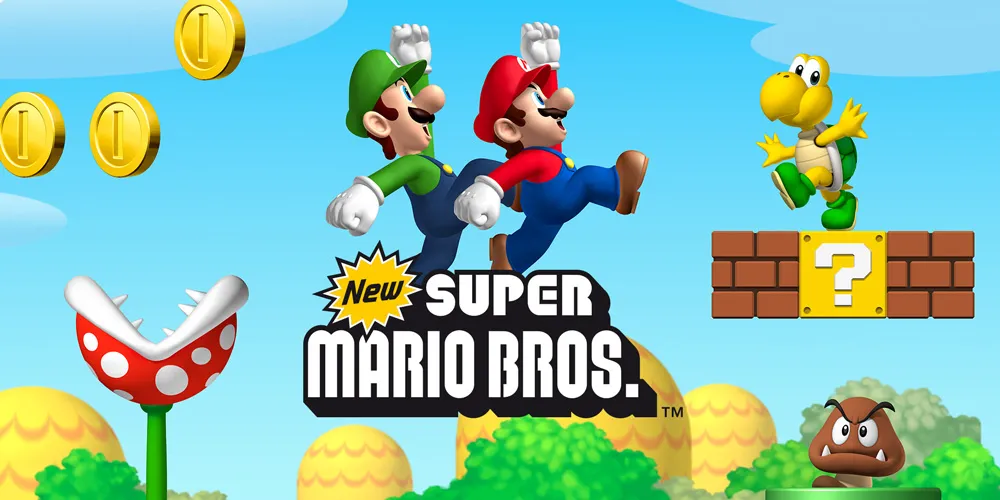The employee - manager trust problem
Unfulfilled promises are the bane of organizational culture. Low morale and lack of trust in management negatively affects employee commitment and productivity. Nothing saps people morale quite as effectively as the oft repeated scene in which the manager tells his people in January “-Work hard this year and you’ll get a promotion / nice bonus” only for him to go back on his word a year later, claiming that “circumstances outside his control” prevented him from keeping his earlier promise …
Finding effective ways to increase mutual trust between management and staff, thus strengthening organizational culture, is a recurrent topic in “HR modernization” circles.
A recent example from my organization (> 30 000 staff) can help illustrate the conundrum: management has mandated the implementation of an advanced “eCV” tool to facilitate internal mobility and human resources management. Unlike the classical free-text CVs, the eCV system is backed by a mini-ontology that reflects the business domains, knowledge and skills the organization deals with on a regular basis. Staff are invited to fill in their respective eCV and keep it up to date so that they can easily apply to internal openings that come to their attention. At the same time, the eCV system aims to facilitate managers’ identifying skill gaps in their teams and searching for specific profiles which could be found somewhere else in the organization. As an additional benefit, the HR department can more easily run statistics and report on the distribution of various skills and competences throughout the organization and thus help human resources management decisions. What’s not to like?
As it happens, staff compliance with the requirement to fill in their respective eCV (with diligence) and keep the information up-to-date has consistently been low, despite repeated communication campaigns done on various tones (from encouraging to borderline coercive). The disappointing quantity and quality of staff data in the eCV system has been a recurrent cause of hand-wringing among HR management.
There is little doubt that part of the explanation lies in the structurally constraining nature of the eCV: people want to feel in control of how they present themselves to others and be able to adjust the relative weights of their data to best suit the targeted reader. The eCV in turn feels like a straitjacket. The question we ask here is whether there’s something that can be tried in order to increase staff compliance with the eCV policy.
Gamification to the rescue
Recently, gamification has received a lot of attention as an organizational technique able to improve employee engagement. Its spread and success were hampered by the inherent difficulty to design meaningful “quasi-games”, especially when those requested to devise such games (HR officers) are not naturally “playful personalities”…

Enter the Ethereum blockchain, a natural born gamification tool. We propose to the HR department to issue on our internal Ethereum testnet a “HRcoin” (HRC) as a smart-contract-backed token that rewards staff for the desired behavior of filling-in their eCV and keeping it up-to-date. Because of the structured nature of the eCV (as an XML graph) and its “data native” quality, the mechanism linking the update of an attribute with a quantifiable reward in HRC can be finely tuned and fine-grained. Because this is a trusted environment, key-management could be done centrally. Staff would receive a “wallet” with enough ether so as to not have to worry about “transaction cost”. Each time they update their eCV, the system would call a smart contract that automatically credits the employee account with an amount of HRC dependent on the modification which has been made. An employee that fills-in a full eCV for the first time could thus receive a significant amount of HRC whereas an employee who “touches” his eCV every 10 minutes in order to “game the system” might even be deducted a certain amount of HRC.
The technology –focused skeptic would probably observe that using a blockchain is not absolutely necessary here. The whole system would run within the boundaries of the organization and could also be designed to use a classical centralized design. While apparently correct, not using blockchain would miss an opportunity. First in terms of speed and cost of development as Ethereum is hard-wired for these types of use-cases and offers an ease of programming that would be hard to beat with a classical three-tier, RDBMS-based custom design. But most importantly, it would forsake an important source of appeal, as the attraction "everything blockchain" exerts on people currently is psychologically related to that of playing games.
The trust transaction
Of course the big question being raised by this proposal is “What good will the HRC be?” Indeed, the real challenge is attaching an organizational meaning to the HRC balance of an employee. The immediate thing that comes to mind is some kind of convertibility between HRC and an organization-specific financial compensation scheme. A commercial organization could for instance state in advance that it will link 5% or 10% of the yearly bonus to the employee ranking in the internal “HRC wealth” tables. This way, people are incentivized at a very granular level to behave in ways that the HR department wants to encourage.
However things become more difficult in a public organization with rigid salary scales, no bonuses and a strong aversion to using financial incentives. If HRC is to mean anything and fulfill its role of incentive, we need to come up with a way to potentially attach non-financial value to the coin so that people with HRC balances can "spend" them on something. In a sense, the HR department needs to offer something that staff might be interesting in acquiring but whose value is not intrinsically monetary.

In this respect, public organizations often frustrate part of their staff by being too rigid, impervious to new ideas and to change, all the while openly proclaiming that everyone needs to be ready to change and improve. There are many areas that are constantly positioned as targets for improvement initiatives. One of the recurrent ones we use here as an example is "talent management".
"Talent management" is one of the core functions of a modern HR department where the gap between what the management "preaches" and what staff experiences year after year is among the biggest. Internal politics usually gets in the way of proper talent management. Sometimes a coordinated series of actions could have improved things but the various HR actors lack the necessary commitment to coordinate those actions.
Here we propose a relatively classic technique, that of an "idea board". The HR would thus communicate and invite staff to contribute ideas to an "idea board" for better talent management (taken as an example to facilitate visualization, but this technique can be used for other things as well). The staff would also be invited to vote for the ideas of the idea board by spending HRC! Thus someone who would have filled-in his eCV in exchange for HRC could now be offered the opportunity to promote her ideas for better talent management by staking as much HRC as she feels like spending.
There is a catch though for this "second leg" of the game to succeed: HR needs to publicly and credibly commit to something! One possibility would be to commit to implement (within, say, a year) at least one of the three ideas that would have ranked highest by amount of HRC staked on them.
By doing that, the HR department extends trust to the staff (implicitly accepting that it will do its very best to implement one of three potentially uncomfortable ideas) and invites the staff to trust it (and contribute ideas and spend HRC to promote those ideas).
This scenario has a particular characteristic: it is a purely "trust transaction" with no financial dimension involved. It might work or it might fail depending on the level of mutual trust between management and staff, of the strength of the internal culture as well as on external factors. In any case, it will be revealing. If it works, down to the actual implementation by HR of one of the three winning ideas, it will hugely increase the cohesion and mutual trust level in the organization. If it fails, it will at least reveal how low confidence runs between staff and management and might inspire the latter to perform remedial actions.
In any case, we never lose: we either win, or we learn!